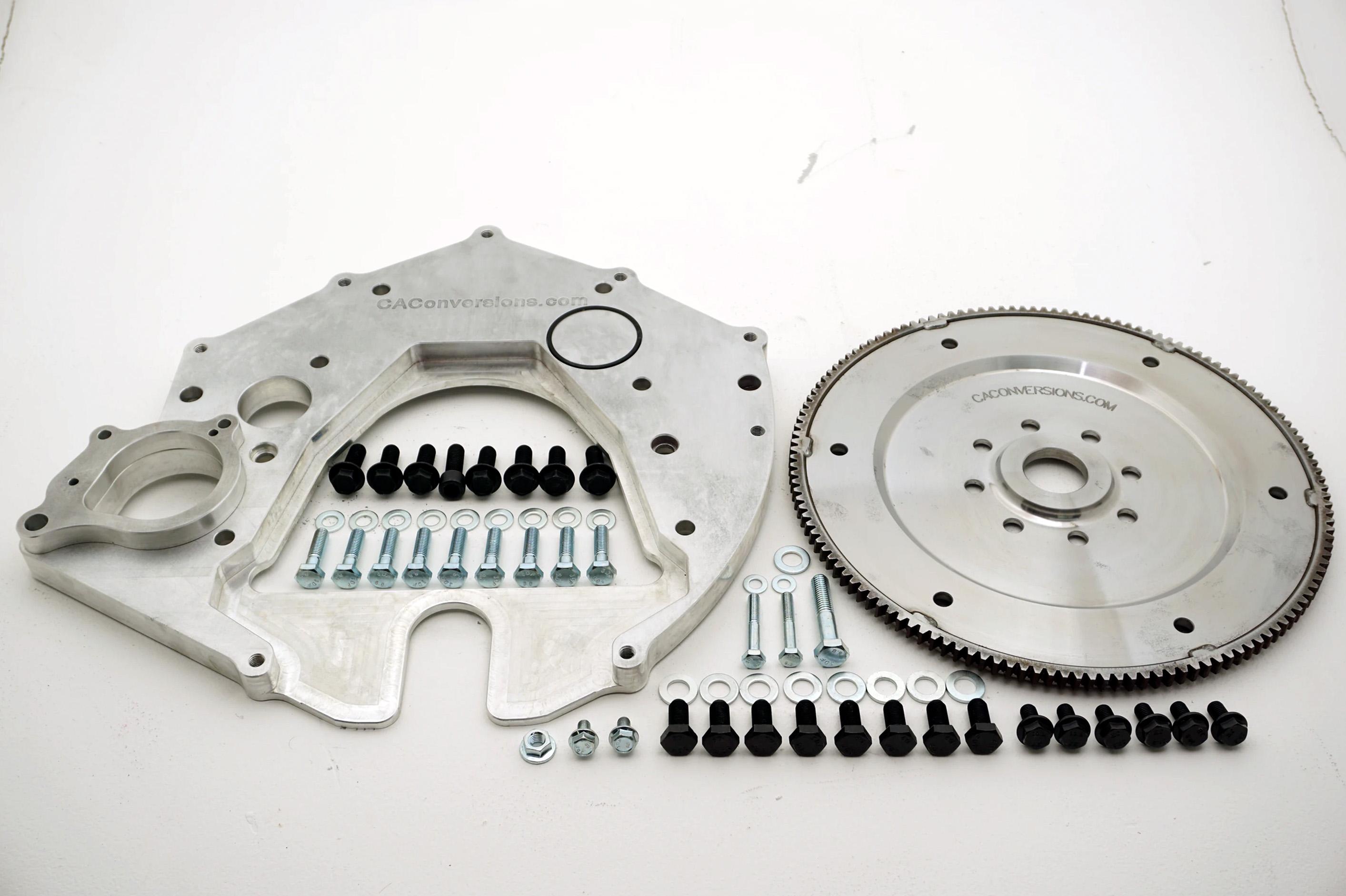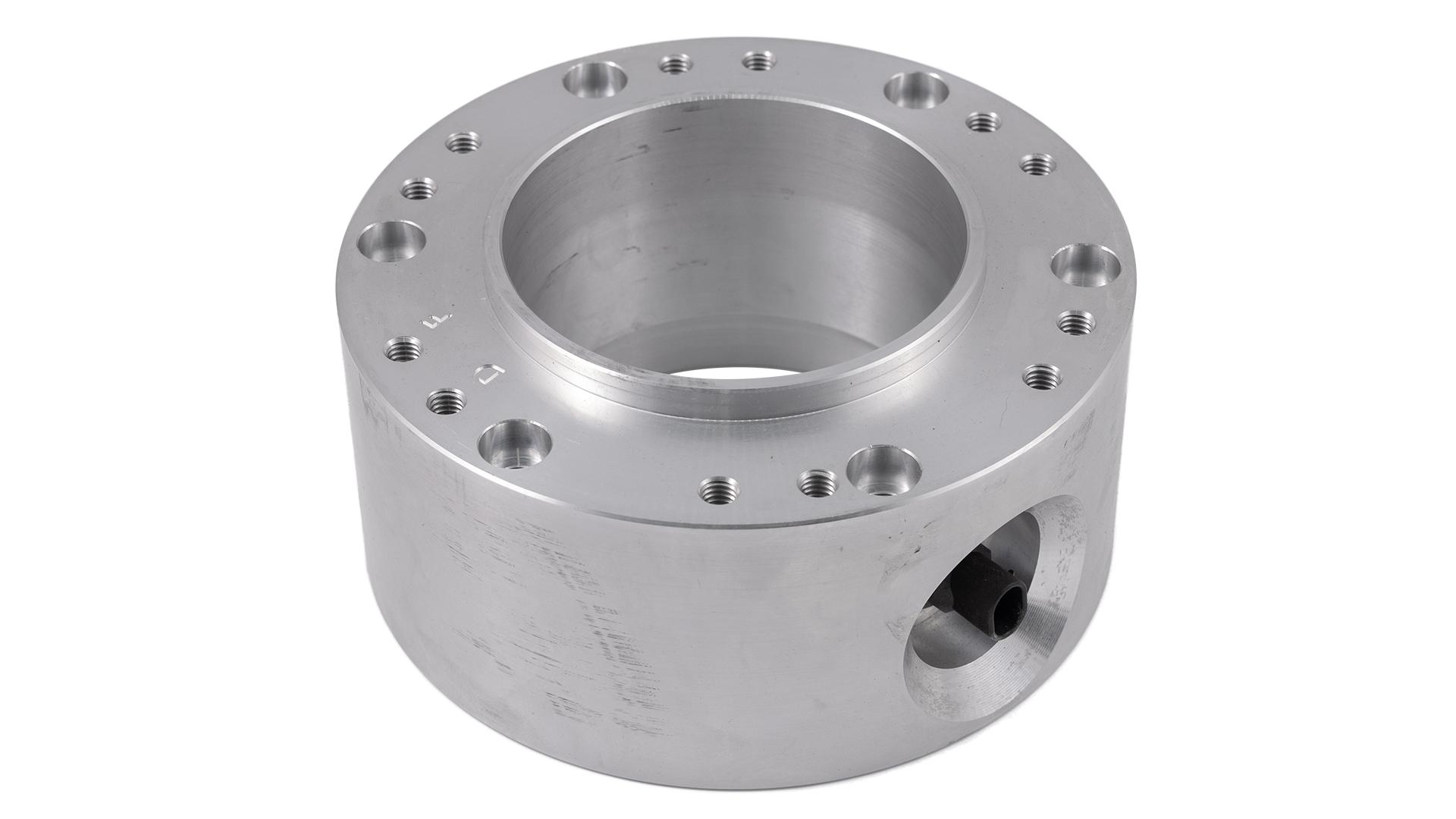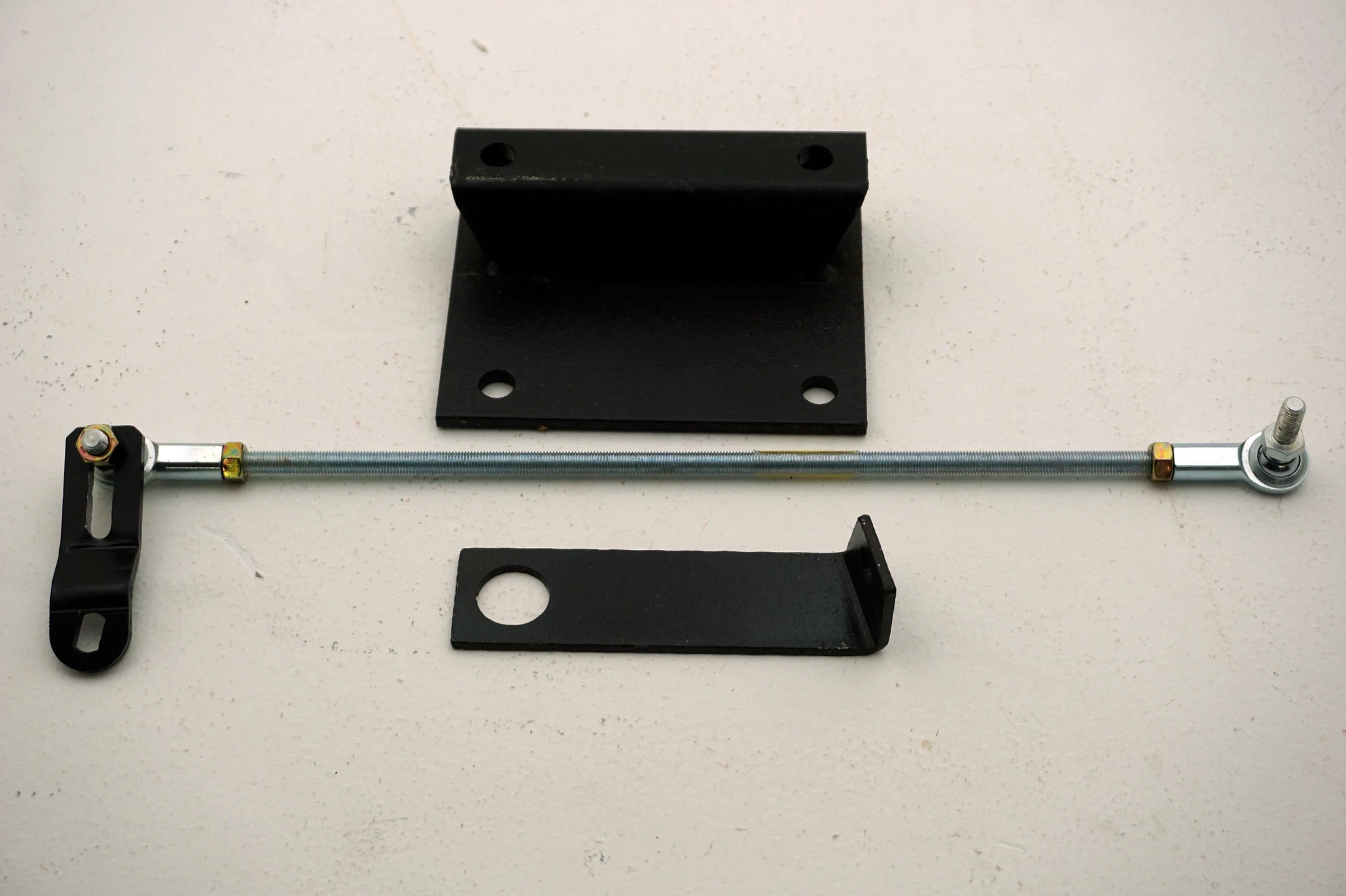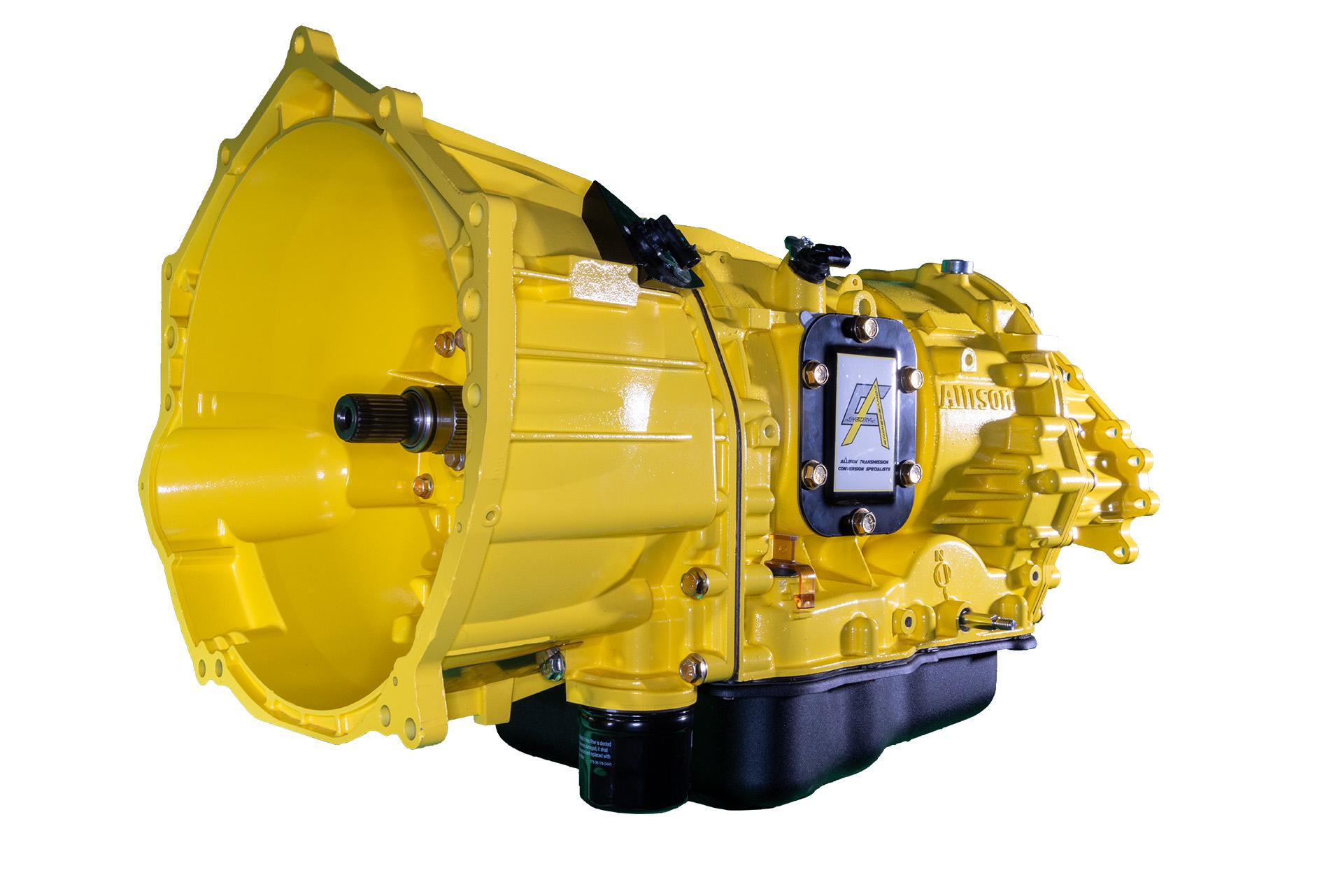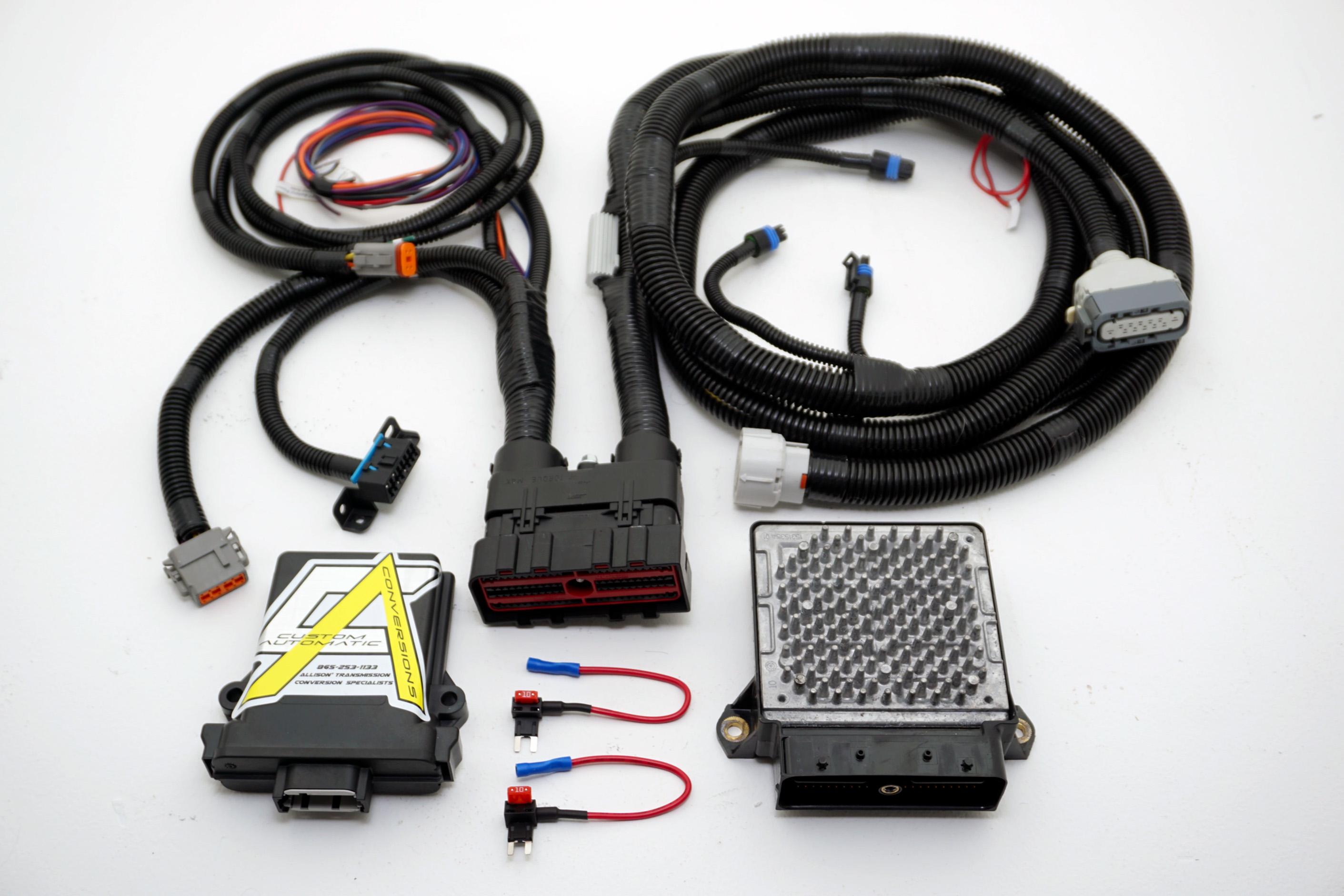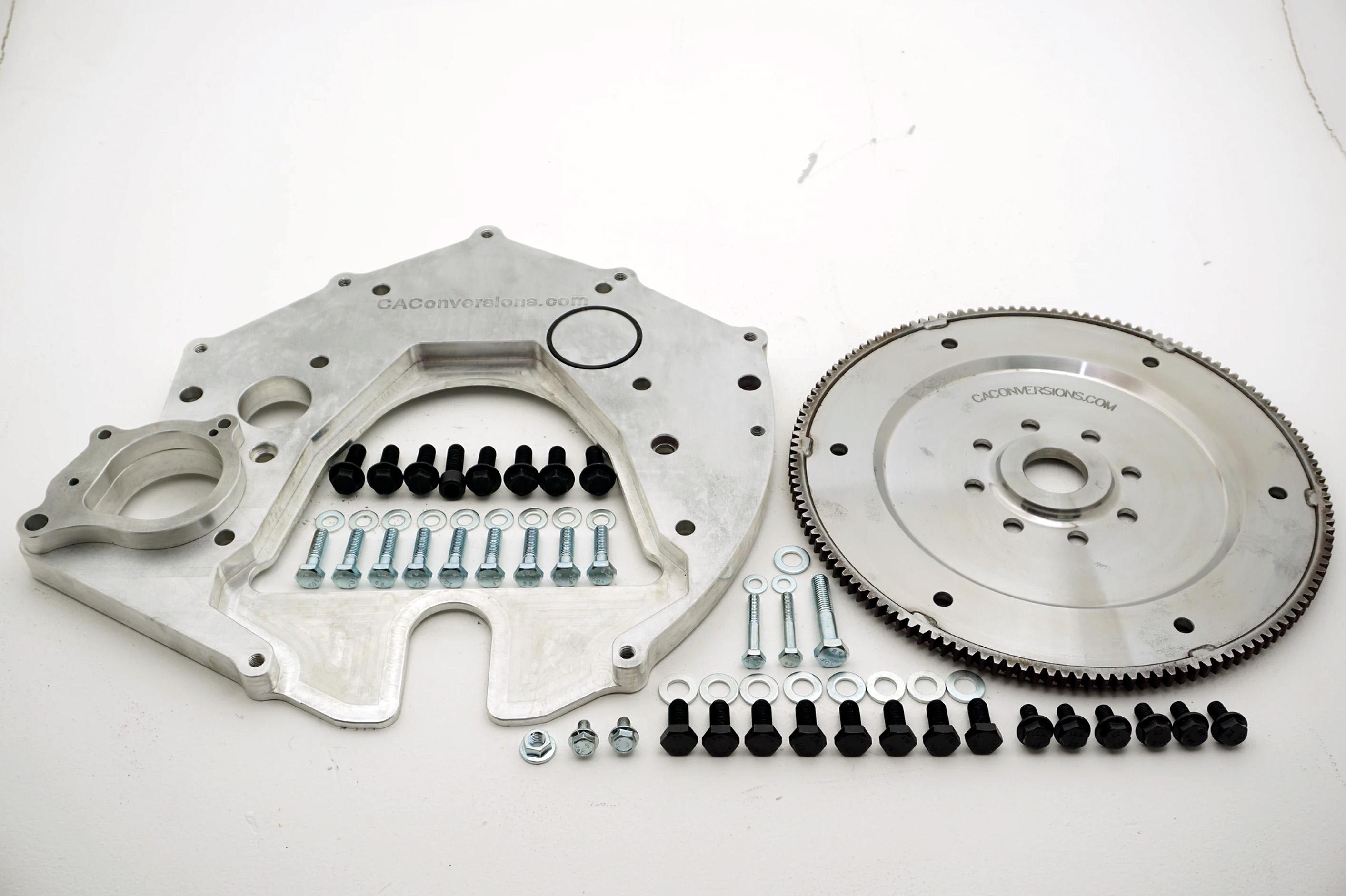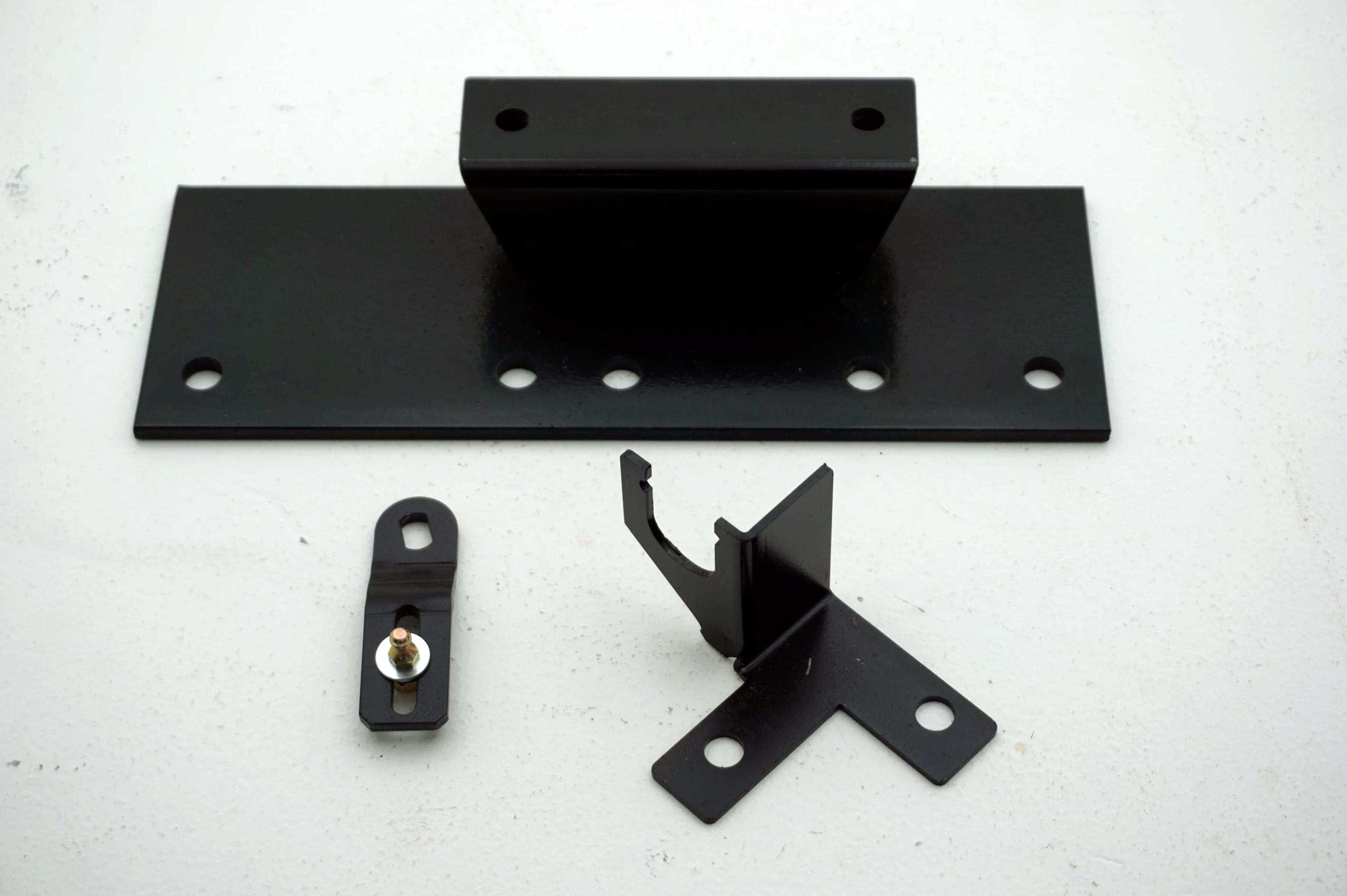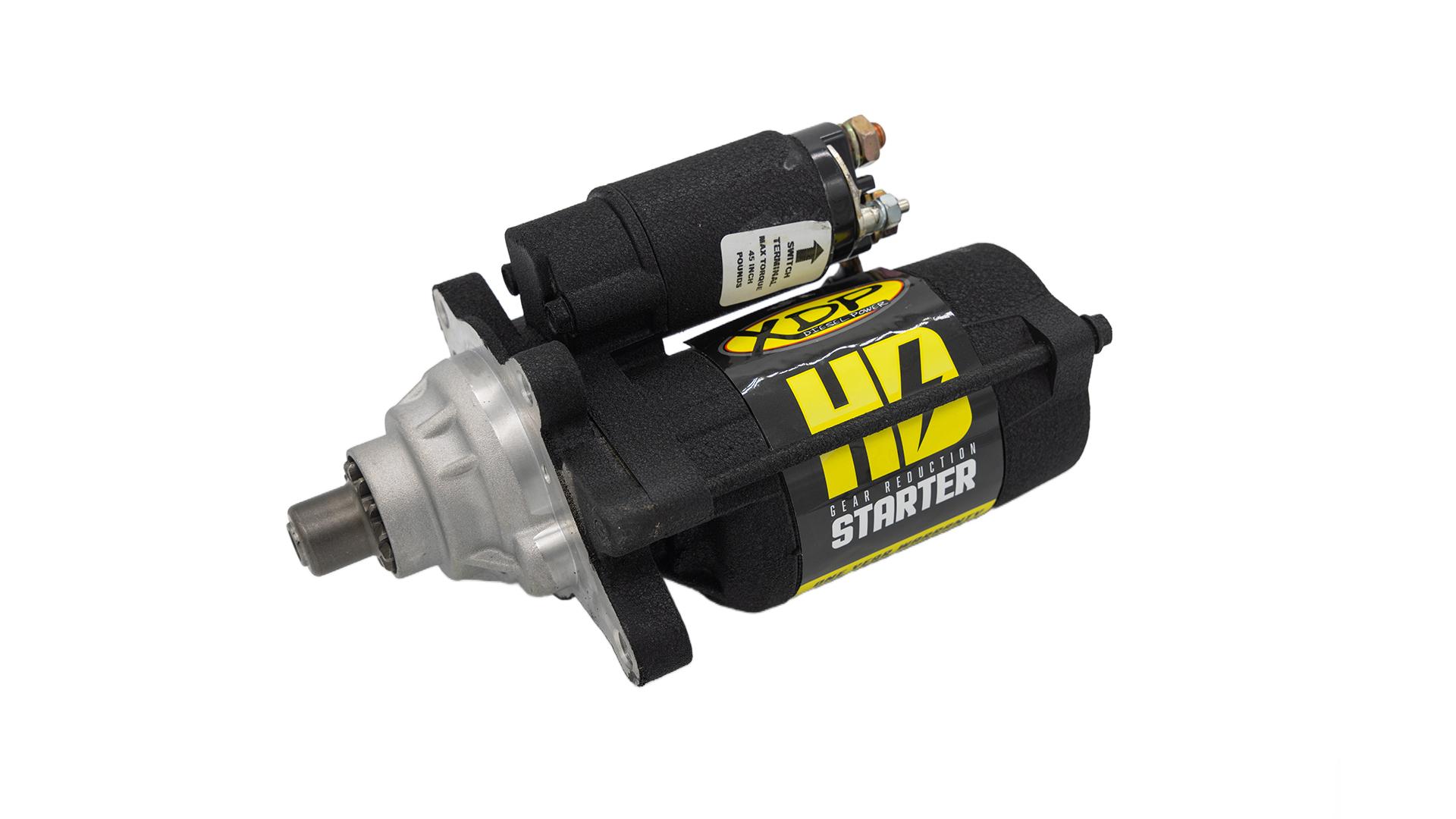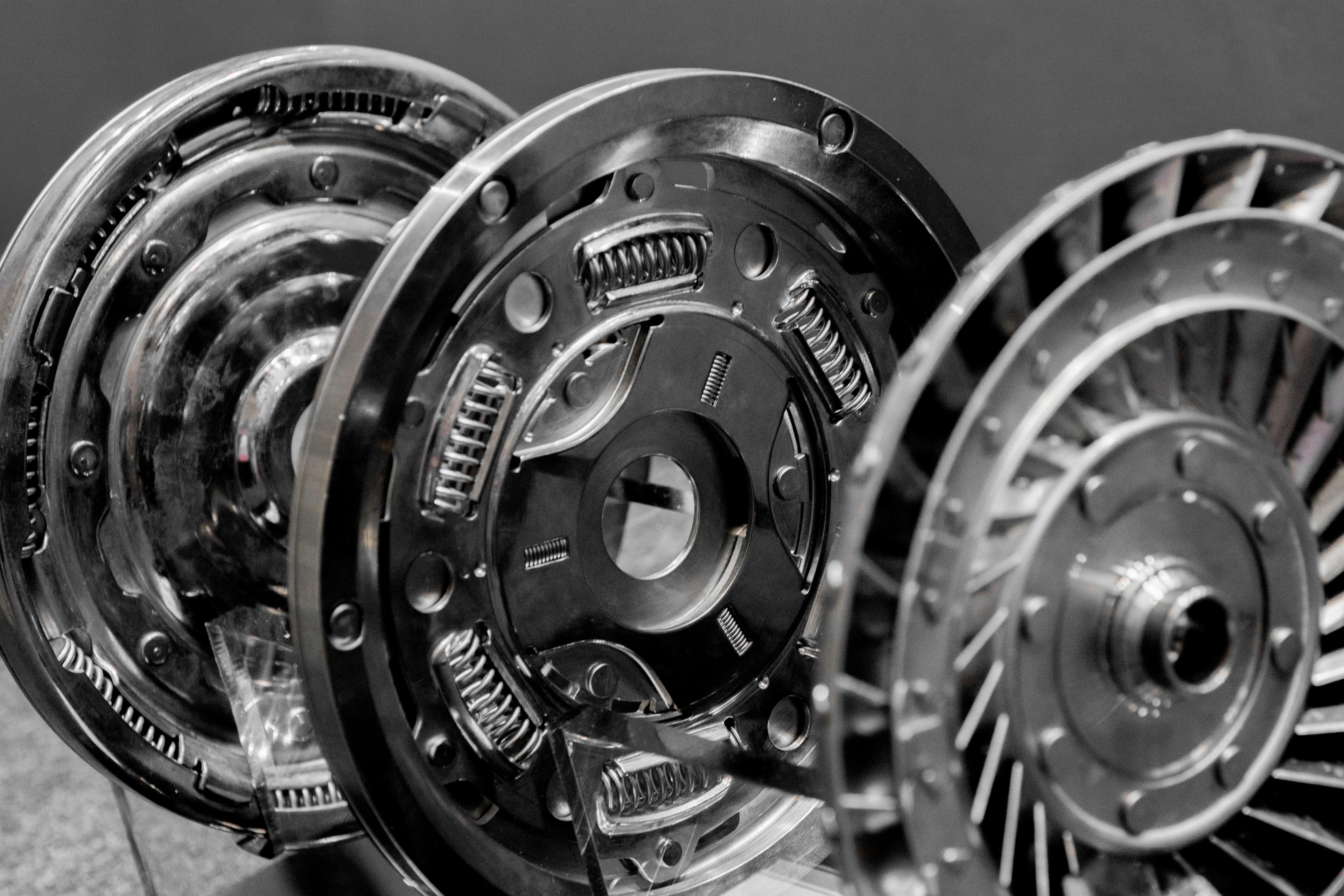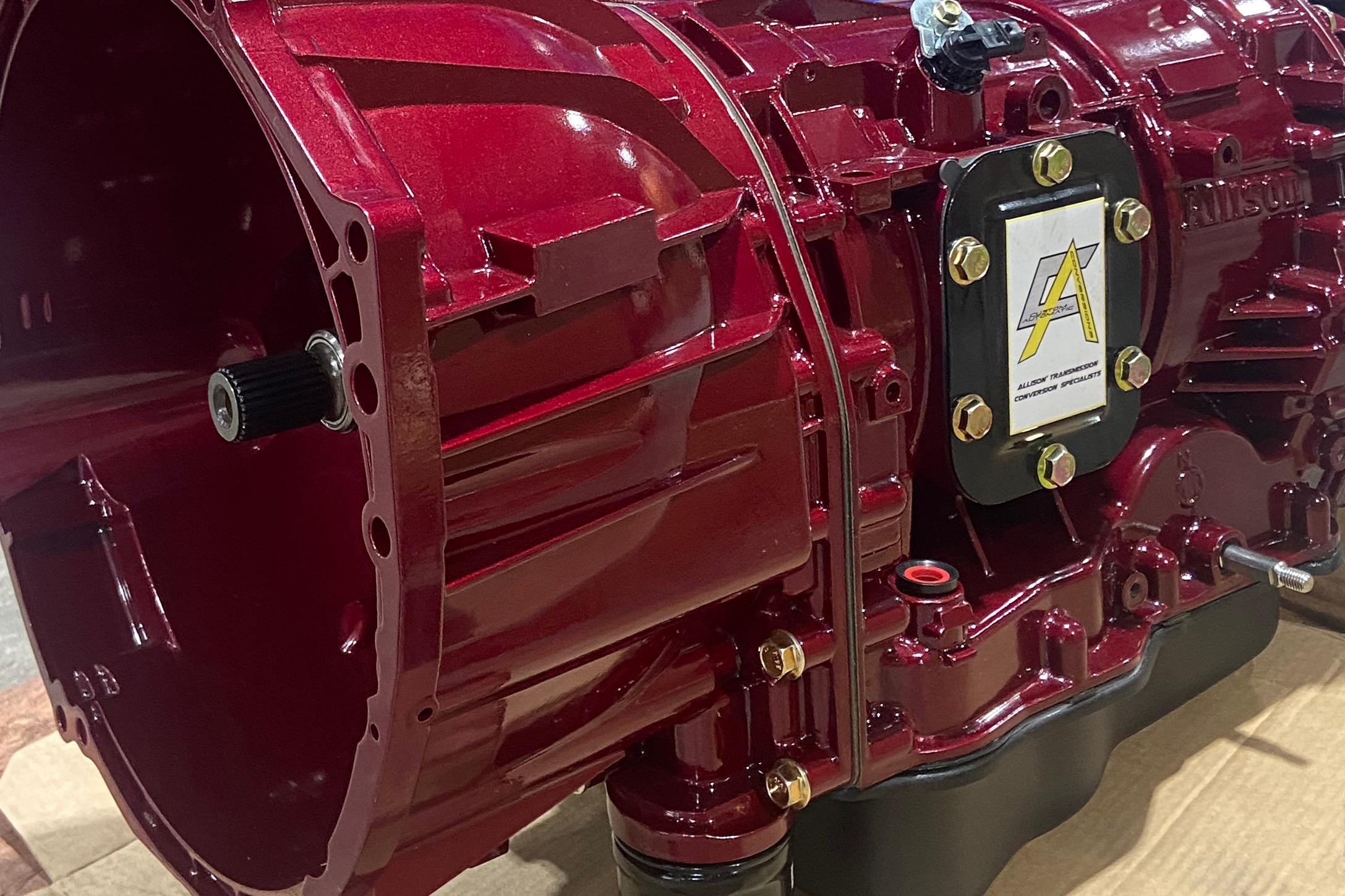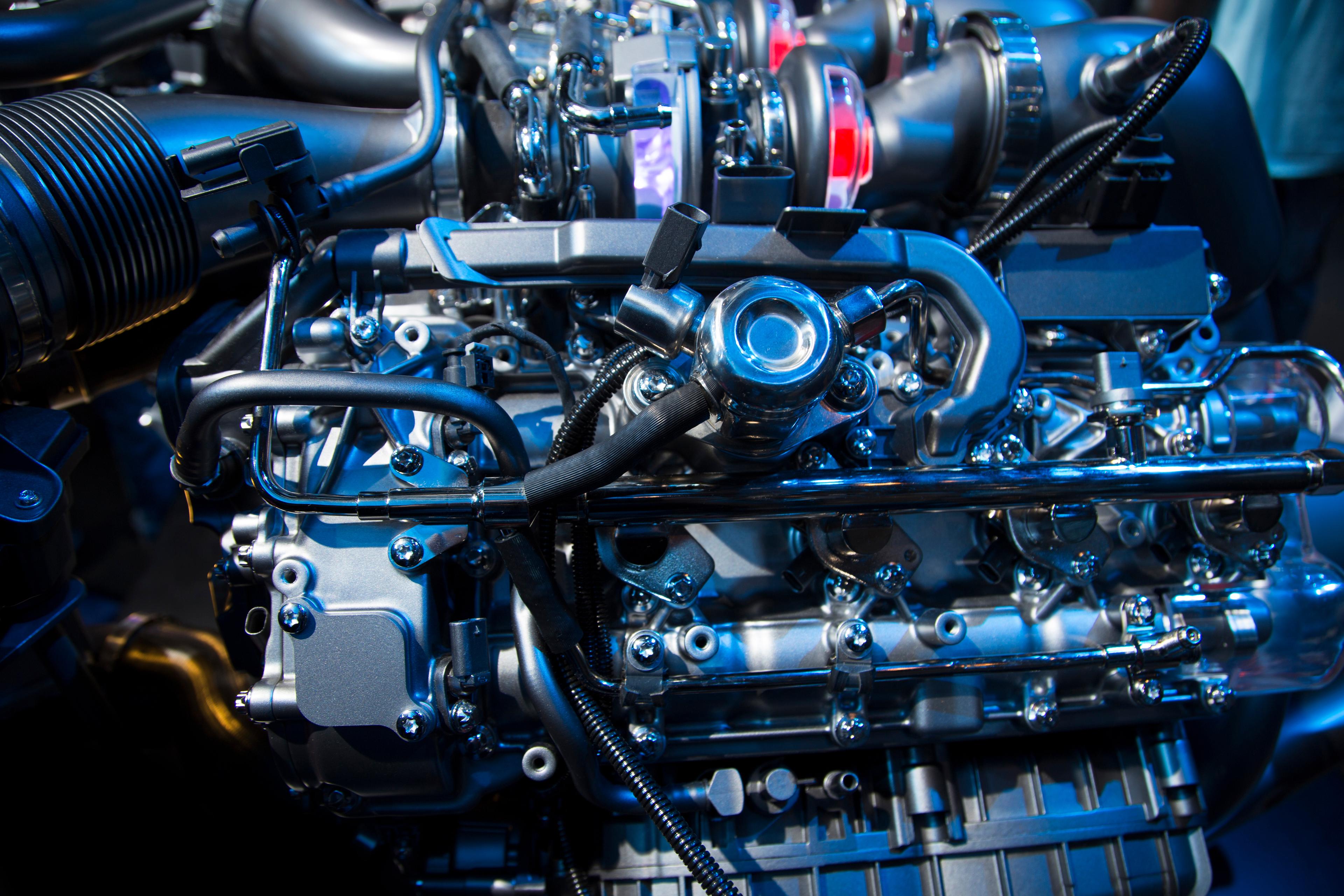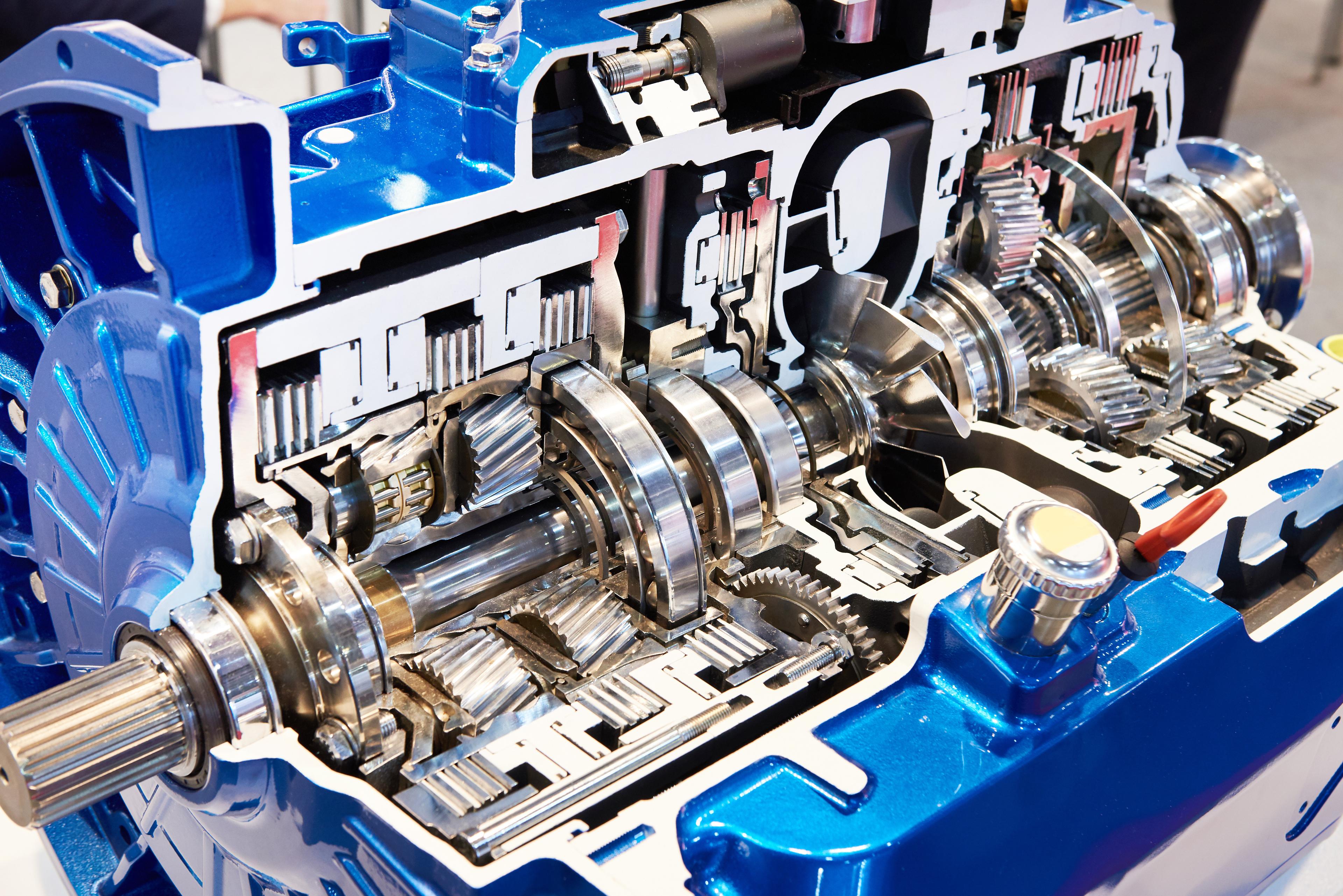Ford S6-650 Transmission

Convert your Ford S6-650 to an Allison
Transform Your Drive: Making the Switch to an Allison 1000PK Transmission
Configure your truckUnleash the full potential of your heavy-duty vehicle with a Ford S6-650 to Allison 1000PK transmission conversion. Known for its exceptional strength and efficiency, the Allison 1000PK transmission has been engineered to deliver unparalleled performance, even in the toughest driving conditions. This conversion not only upgrades your truck with a more robust and responsive transmission, but also enhances its longevity, making it a smart investment for those seeking to optimize their vehicle's capabilities. Whether you’re hauling heavy loads or navigating challenging terrains, this upgrade promises a smoother, more controlled, and remarkably reliable driving experience – it's the powerful and precise solution that your Ford S6-650 has been waiting for.

Overview of the 4R100 Transmission
The Ford S6-650 is a heavy-duty manual transmission designed and manufactured by Ford Motor Company. Introduced in the early 2000s, this six-speed manual transmission is revered by truck owners for its exceptional strength and high torque capacity. Primarily engineered for Ford trucks, such as the F-250, F-350, and F-450 Super Duty models, the S6-650 is paired with Power Stroke diesel engines or Triton gas engines, creating a robust and reliable powertrain combination. With a reputation for standing up to severe usage conditions, the S6-650 has become the go-to for heavy towing and demanding work environments.
Featuring a synchronized gear set and dual countershafts, the S6-650 is constructed to provide smooth and precise shifting that enhances both performance and driver control. Its rugged iron case and extensive use of roller bearings speak to its durability and functionality. This transmission is designed with a wide range of gear ratios, ensuring it is capable of massive towing and payload capacities, while still enabling comfortable and fuel-efficient highway cruising.
However, as automotive industry trends have moved towards more gears and increasingly refined automatic transmissions, the S6-650 has come to symbolize a past generation of technology. It appeals to a specific kind of driver—those who appreciate the tactile control and straightforward nature of a classic, sturdy manual transmission. For these individuals, the S6-650 remains a beloved and trusted choice.
S6-650 Features
The S6-650 transmission is a workhorse designed for heavy-duty Ford trucks. Notable for its ruggedness and high torque capacity, here are some key features that make the S6-650 stand out:
- High Torque Capacity: Engineered for heavy-duty applications, the S6-650 is designed to handle extreme levels of torque, making it perfect for towing and hauling significant loads.
- Synchronized Gears: The S6-650 features synchronized gears, ensuring smooth and precise shifting under various operating conditions.
- Durable Construction: With a rugged iron case and robust internal components, the S6-650 is constructed to withstand the rigorous demands of heavy-duty truck use.
- Wide Gear Ratio Spread: The S6-650 offers a broad range of gear ratios, facilitating strong towing capacity and fuel-efficient highway cruising.
- Direct Drive Capability: This feature enhances fuel efficiency and power transfer, making for a more responsive driving experience.
- Adaptable to Aftermarket Upgrades: Given its longstanding popularity, a vibrant aftermarket exists for the S6-650, offering parts and upgrade options for those looking to further enhance the transmission’s performance.
In summary, the S6-650 is a robust, reliable, and versatile manual transmission designed to handle the intense demands of heavy-duty truck applications. Its features are crafted to provide drivers with remarkable towing capacity and enduring performance under a wide variety of conditions.
S6-650 Common Issues and Signs of Failures
While the S6-650 transmission is celebrated for its strength and heavy-duty performance, like any mechanical component, it can have its issues. Here are some common problems associated with the S6-650 transmission, along with signs that it might be failing:
- Gear Synchronizer Wear: Over time, the synchronizers, which enable smooth gear changes, can wear out, leading to grinding or hard shifting.
- Bearing Failures: The bearings in the S6-650 may fail due to heavy loads or lack of lubrication, resulting in noise and potential damage.
- Clutch Problems: Being a manual transmission, clutch issues, such as slippage or difficulty engaging gears, can occur with the S6-650.
- Input Shaft Wear: Heavy towing can put stress on the input shaft, leading to wear and potential failure.
- Seal and Gasket Leaks: Over time, the seals and gaskets may degrade, leading to fluid leaks and potential internal damage.
Regular maintenance, including proper fluid changes and timely replacement of worn components, can significantly extend the life of an S6-650 transmission and prevent many of these issues.
When experiencing any of these symptoms, it is advisable to consult with a professional mechanic or transmission specialist to diagnose and address the problem before it leads to a complete transmission failure.
Rebuild, Replace, Converting to an Allison

Converting to the Allison 1000PK transmission can offer a significant improvement in the performance, durability, and efficiency of a vehicle. Known for its use in a wide range of applications, from light-duty trucks to heavy-duty commercial vehicles, the Allison 1000PK is a trusted choice for many looking to upgrade their transmission system. Below are some key benefits of making the conversion:
Allison transmissions, including the 1000PK series, are renowned for their durability and longevity. They are designed to handle heavy loads and demanding conditions, reducing the likelihood of frequent repairs and breakdowns, which makes the Allison 1000PK a long-lasting solution.
The Allison 1000PK provides superior torque and power handling, allowing for more efficient and safer towing and hauling. Whether you are pulling a large trailer, boat, or other heavy loads, this transmission can help your vehicle perform at its best under strenuous conditions.
With its sophisticated control system and efficient design, the Allison 1000PK can contribute to better fuel economy. By optimizing shift points based on load, speed, and other factors, it helps the engine run in the most efficient range, potentially saving fuel over time.
The robust design and high-quality components used in the Allison 1000PK often result in lower maintenance costs over time. Its proven durability under various conditions can lead to fewer required repairs and service intervals, translating to long-term cost savings.
The Allison 1000PK is designed to be compatible with a wide range of vehicles and applications. This makes it a versatile option for those looking to upgrade their transmission in various types of vehicles, from light trucks to commercial applications.
Installing a well-regarded and reliable transmission like the Allison 1000PK can increase the resale value of your vehicle. Buyers often appreciate the quality and dependability associated with Allison transmissions, which can make your vehicle more attractive on the resale market.
We provide everything you will need to get the swap done right

- Kit Includes
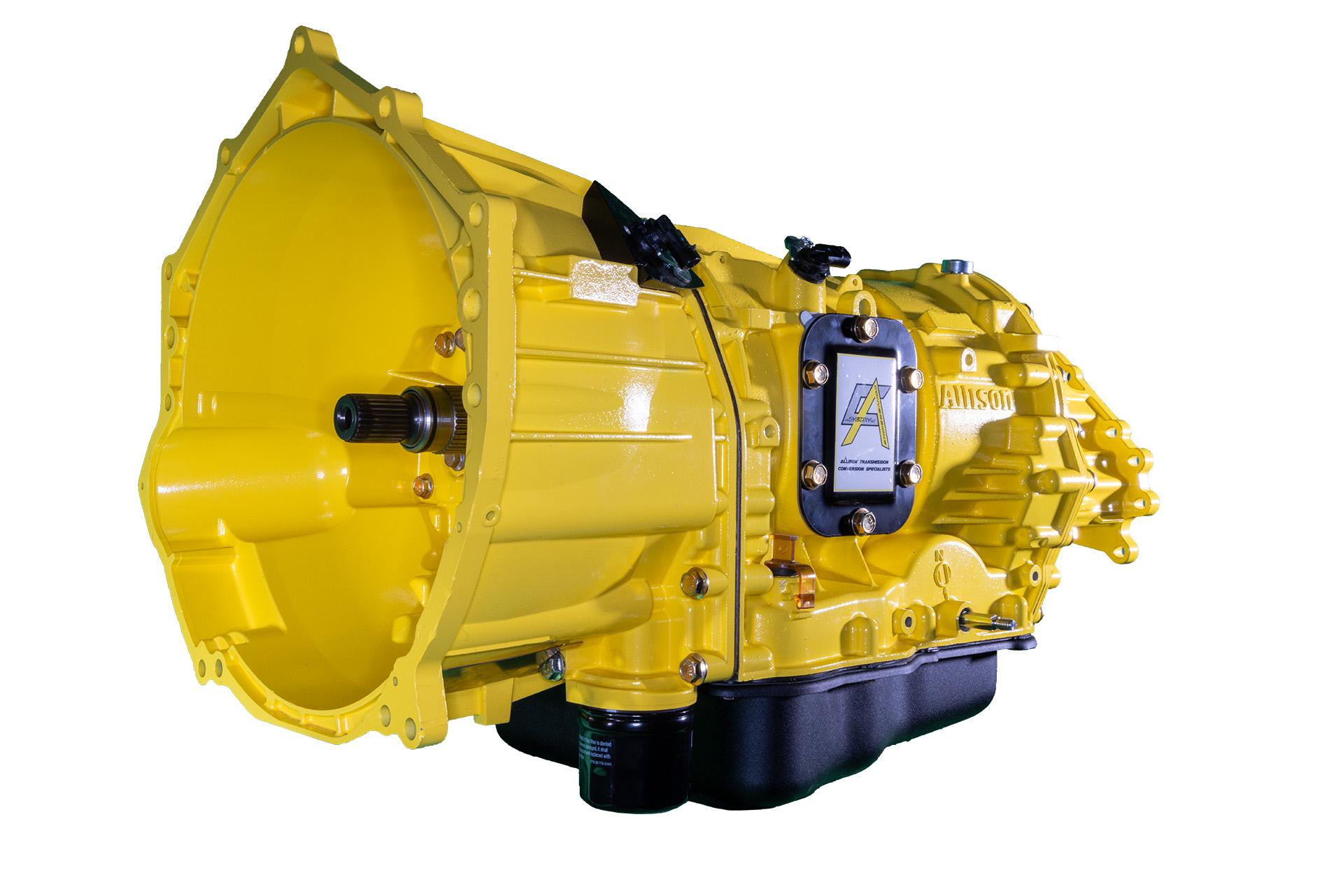
Allison 1000PK Transmission
Torque Converter to fit your needs
Wiring Harness
Flex Plate Adapter
Transfer Case Adapter, Couplers, and Tone Rings
Mounting Kit and Shift Linkage
Cooling Kit
CAC Digital Display
Allison Total Control Module (TCM)
CAC Total Control Module (TCM)
ZF6 Allison Conversion Kits
How to determine the Right Torque Converter
Maximizing Performance: Using Tire Diameter and Gear Ratio Calculations to Choose the Ideal Torque Converter

FAQ'S
What benefits can I expect from converting my Ford's current transmission to an Allison?
By converting your Ford's transmission to an Allison, you can expect improved durability, enhanced towing capability, better fuel efficiency, and smoother shifts, overall optimizing your vehicle's performance.
Are all Ford vehicles compatible with Allison transmission conversions?
While many Ford vehicles can benefit from an Allison transmission conversion, it's best to consult with a specialist to ensure your specific model's compatibility.
Can I use my existing Ford transfer case with an Allison conversion?
Yes, with our t-case adapters, you can use your existing Ford transfer case in an Allison conversion.
What types of Allison transmissions are best suited for Ford vehicles?
The Allison 1000 series is a popular choice for Ford vehicles due to its reliability and performance. However, the best choice depends on your specific needs and vehicle model.
What's the process involved in converting my Ford's transmission to an Allison?
The conversion process involves removing your Ford's current transmission, fitting the Allison transmission with the necessary adapters, and installing it. The wiring harness, TCM, and other components are also adjusted accordingly.
Will my vehicle's performance and fuel efficiency improve after an Allison transmission conversion?
Yes, an Allison transmission is designed to provide smoother shifts, greater durability, and improved fuel efficiency, all contributing to enhanced vehicle performance.
What specific components are included in the Allison conversion kit for Ford vehicles?
An Allison conversion kit typically includes components such as the transmission (if chosen), TCM, torque converter, wiring harness, adapters, and other necessary parts for the conversion.
Do I need to provide my own Allison transmission for the conversion, or can it be included in the kit?
You can choose to provide your own Allison transmission, or you can opt to include it with your conversion kit purchase.
Can I convert my Ford's transmission myself, or should I hire a professional?
While it's possible for experienced individuals to perform the conversion, it's generally recommended to seek professional help to ensure the job is done correctly and safely.
How long does a typical Allison conversion take for a Ford vehicle?
The conversion time can vary greatly depending on the vehicle and the specific conversion kit. On average, it might take a few days to complete.
Will an Allison conversion affect my Ford vehicle's warranty?
An Allison conversion may affect your vehicle's warranty depending on the terms and conditions of your specific warranty agreement. We recommend checking with your warranty provider before proceeding with the conversion.
What should I do if I face issues after converting my Ford's transmission to an Allison?
Should you encounter any problems post-conversion, we recommend contacting your conversion specialist for troubleshooting advice or potential service needs.
Can I use an Allison transmission from another vehicle (like a Chevrolet/GM) for my Ford conversion?
Yes, an Allison transmission from another vehicle can be used, provided it's compatible with your Ford model. Ensure to consult with your conversion specialist before proceeding.
Do you offer rebuilding services for Allison transmissions?
Yes, we provide rebuilding services for Allison transmissions, ensuring your transmission operates at peak performance.
What is the cost range for an Allison transmission conversion for Ford vehicles?
The cost can vary significantly depending on the specific Allison model, whether you're providing the transmission or purchasing it as part of the kit, and any additional services required. Please contact us directly for a more accurate estimate.


Financing Available
Financing is available, so that you can get on the road faster






